School Smarts: Teaching Kids to Master Money
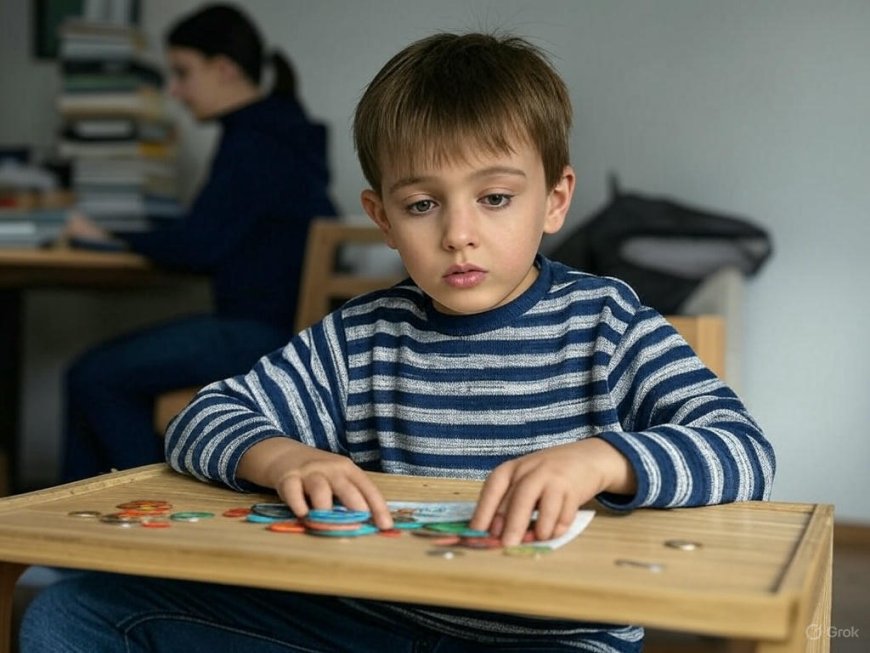
Introduction
G’day, mates! Financial literacy is a ripper life skill that helps young Aussies navigate the wild world of money with confidence. Yet, too many kids leave school without a clue about managing their cash. According to a 2022 Financial Review article, Australians’ financial literacy took a hit between 2016 and 2020, with the HILDA survey showing a drop in average scores across age groups. For 15-24-year-olds, scores fell from 3.4 to 2.9 out of 5, and even older groups saw declines. With household debt in Australia hitting $2.8 trillion in 2024 (Australian Bureau of Statistics), teaching financial education in Australia’s schools is more urgent than ever. This yarn dives into why and how schools can equip kids with money smarts, using practical strategies to foster lifelong financial habits. Let’s get stuck in!
The Case for Financial Literacy in Schools
Why It’s a Must
The financial world’s a maze, and kids need a map before they’re tossed into it. Teaching financial literacy in schools builds habits that stick—saving, budgeting, and making savvy choices. A 2023 University of Melbourne study found that kids with early financial education are 28% more likely to save regularly as adults. Starting young helps them value long-term goals, like buying a home (median price $785,000 in 2024, per CoreLogic) or planning for retirement, which 60% of Aussies under 30 haven’t started (Finder, 2024).
Financial illiteracy has real consequences. The HILDA survey noted a 70% drop in Year 12 Economics enrollments from 2017-2020 (Reserve Bank of Australia), leaving kids less equipped for a world of credit cards, loans, and super funds. Early financial education Australia fosters confidence, reduces debt risks—1 in 5 young Aussies used buy-now-pay-later in 2024 (Finder)—and sets kids up for independence. Schools can bridge this gap, turning out money-smart grads ready for life’s financial challenges.
The Aussie Context
Australia’s financial landscape is shifting fast. With 42% of Aussies feeling stressed about money (ASIC, 2024), schools have a role in breaking the cycle. Resources like ASIC’s MoneySmart Teaching Program and the Australian Curriculum, which weaves financial literacy into subjects like Maths and Economics, are goldmines for educators. By embedding financial education in Australia’s classrooms, we can empower kids to dodge pitfalls and chase their dreams with confidence.
Integrating Financial Education into the Curriculum
Tailoring to Age and Stage
To make financial education in Australia stick, it’s gotta match kids’ ages and brains. The Australian Curriculum offers a roadmap, suggesting when to introduce concepts across primary and secondary years. Start simple and build up, letting kids layer their knowledge over time. A 2023 ASIC report found that gradual learning boosts retention by 35% compared to one-off lessons.
- Primary School (Years 1-6): Focus on basics like coins, saving, and needs vs. wants. Maths classes can cover adding up pocket money, while Humanities might explore what things cost in different communities.
- Secondary School (Years 7-12): Dive into budgeting, credit, and investing. Economics and Business subjects can tackle real-world scenarios like managing a part-time job’s income or comparing loan options.
Teachers can collaborate across subjects to tie financial concepts to real life, making lessons practical and engaging. For example, a Maths teacher might use interest rate calculations, while a Social Sciences teacher discusses consumer rights. This cross-curricular approach reinforces the value of money smarts.
Making It Relevant
Connecting financial education to kids’ lives is key. In primary school, a budgeting game for a pretend class party can teach allocation. For teens, scenarios like saving for a car ($20,000 average cost, 2024) or planning a gap year resonate. A 2022 OECD study showed that real-world applications increase student engagement by 40%. By linking lessons to everyday choices, schools ensure financial education in Australia feels meaningful.
Teaching Financial Literacy: Key Concepts
Budgeting and Money Management
Budgeting’s the backbone of financial literacy. Kids should learn to track income (like pocket money or job earnings), set spending priorities, and avoid overspending. A 2024 Commonwealth Bank survey found 65% of Aussie teens who budget feel more in control of their finances. Tools like ASIC’s MoneySmart budget planner can help students practice. For example, a Year 8 student might allocate $50 monthly for snacks, savings, and fun, learning to balance wants and needs.
Saving and Investing
Saving builds discipline, and investing grows wealth. Kids can start with piggy banks, moving to savings accounts (1.5% average interest, 2024) or term deposits. Teaching compound interest—$100 at 5% grows to $162 in 10 years—shows the power of time. Secondary students can explore shares or managed funds, with 53% of Aussies investing in stocks in 2024 (ASX). Setting goals, like saving $200 for a phone, fosters habits that stick.
Credit, Debt, and Borrowing
Understanding credit is crucial to dodge debt traps. Kids should grasp credit scores, the risks of loans, and responsible credit card use—average debt $3,000 per Aussie household (RBA, 2024). Buy-now-pay-later schemes, used by 20% of under-25s, need scrutiny. Role-playing loan repayments in class can show the cost of borrowing, prepping kids for real-world decisions.
Banking Basics
Kids need to know how banks work—opening accounts, using ATMs, and comparing fees. With 68% of Aussie teens having a bank account (ABS, 2023), lessons on managing transactions or spotting scams are vital. A Year 10 class might compare savings accounts, learning why a 2% interest rate beats 0.5%. This builds confidence in navigating financial institutions.
Strategies for Effective Teaching
Active Learning
Hands-on methods make financial education in Australia fun and memorable. Simulations, like running a mock shop, teach budgeting and decision-making. Games like Banqer, used in 300 Aussie schools, let kids manage virtual money. A 2023 ASIC study found active learning boosts understanding by 45%. Role-playing a “market day” or debating spending choices sparks critical thinking and engagement.
Tech and Online Tools
Digital tools are a ripper way to teach money smarts. Apps like Spriggy or websites like MoneySmart offer interactive budgeting or investment simulators. With 85% of Aussie kids online daily (eSafety Commissioner, 2024), tech makes learning accessible. A Year 9 student might use an app to track a pretend job’s income, practicing real-world skills in a safe space.
Community Partnerships
Teaming up with banks, financial advisors, or local businesses can bring lessons to life. Guest speakers from Westpac or the Financial Planning Association can share real-world tips. In 2024, 120 Aussie schools partnered with financial institutions for workshops (ASIC). These collaborations show kids how pros handle money, making financial education in Australia practical and inspiring.
Parental Involvement: The Home Connection
Engaging Parents
Parents are key allies in financial education. Only 25% of Aussie parents feel confident teaching money skills (Commonwealth Bank, 2024), so schools can help. Send home resources like MoneySmart’s parent guides or host workshops on talking cash with kids. Suggest involving kids in grocery budgeting or setting family savings goals, like $500 for a holiday. This reinforces classroom lessons at home.
Open Money Chats
Families that yarn about money create a learning-friendly vibe. Parents can share their budgeting wins or debt mistakes, showing kids it’s okay to learn from slip-ups. A 2023 ASIC survey found 70% of kids whose parents discuss money feel more financially confident. Encouraging open chats helps kids grasp concepts like saving or borrowing.
Reinforcing Lessons
Parents can extend school lessons with practical tasks. Encourage kids to track spending, save 20% of their pocket money, or compare prices online. A Year 6 student might save $1 weekly for a game, learning patience. Family budgeting discussions, like planning a $200 weekly shop, show real-world applications. These habits cement financial education in Australia’s impact.
Challenges and Solutions
Teaching financial literacy faces hurdles—crowded curriculums, teacher training gaps, and student disinterest. Only 20% of Aussie schools had dedicated financial programs in 2023 (ASIC). Solutions include training teachers via MoneySmart’s free courses, used by 5,000 educators in 2024. To engage kids, tie lessons to their lives—budgeting for a concert or avoiding Afterpay traps. Gamifying with apps or competitions keeps it fun, ensuring financial education in Australia sticks.
Why It Matters Long-Term
Financial illiteracy costs Aussies dearly—1 in 4 struggle to save (ABS, 2024). Early education cuts risks, with financially literate adults 30% less likely to face debt stress (OECD, 2023). Kids who learn money skills invest smarter, dodge scams, and plan for retirement—starting super at 18 could add $120,000 by 65 (MoneySmart, 2024). Financial education in Australia levels the playing field, giving every kid a shot at financial freedom.
Conclusion
Teaching financial education in Australia’s schools is a ripper way to arm kids with the skills to master money. From budgeting and saving to understanding credit and banking, these lessons build habits that last. With HILDA showing declining literacy and debt soaring, schools must step up, using active learning, tech, and community ties. Parents can reinforce this at home, creating money-smart kids ready for life’s financial twists. Want to get started? Check ASIC’s MoneySmart Teaching Program or yarn with a local financial educator. Let’s raise a generation of cash-savvy Aussies!
FAQs
-
Why teach financial literacy in schools?
It builds lifelong skills—budgeting, saving, avoiding debt—cutting financial stress. -
When should schools start?
Primary years for basics (coins, saving); secondary for budgeting, credit, investing. -
What concepts should kids learn?
Budgeting, saving, investing, credit, debt, and banking basics. -
How can schools teach it?
Use games, apps, real-world scenarios, and partner with banks for workshops. -
How can parents help?
Discuss money, model good habits, and reinforce lessons with tasks like saving.

































































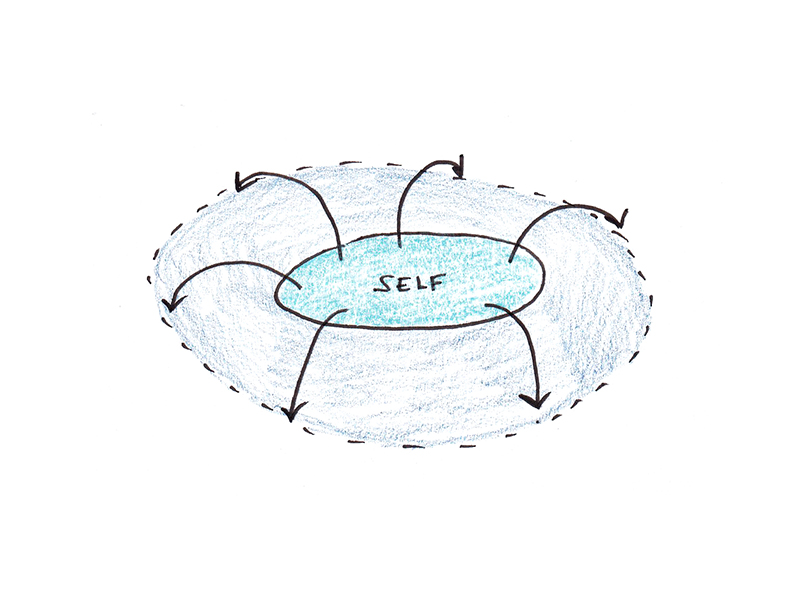





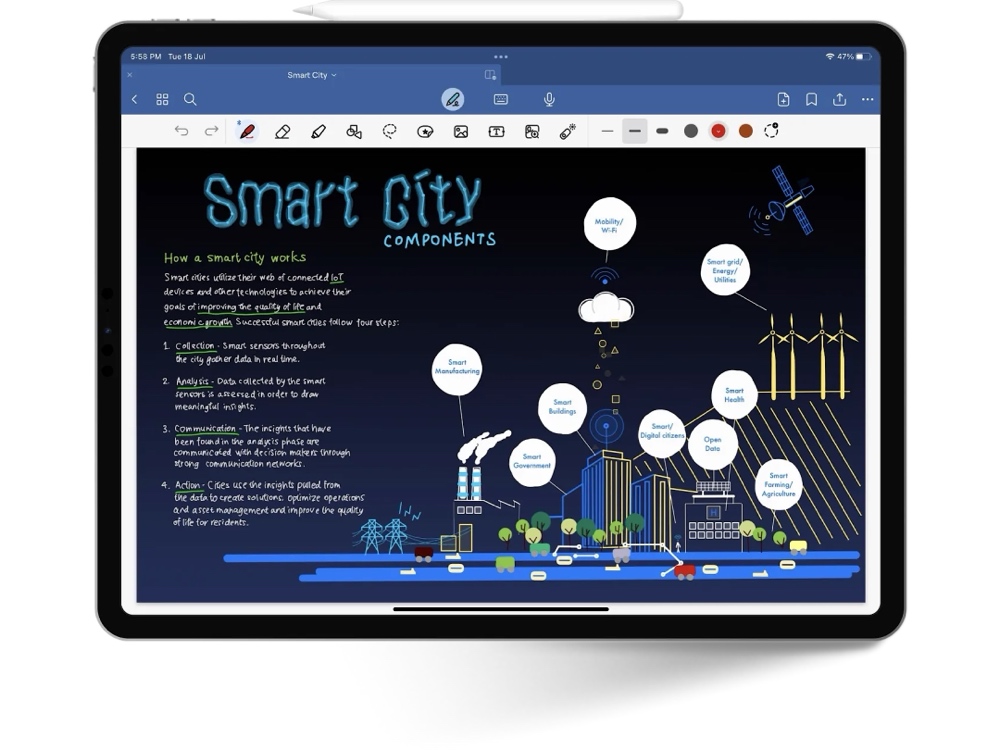

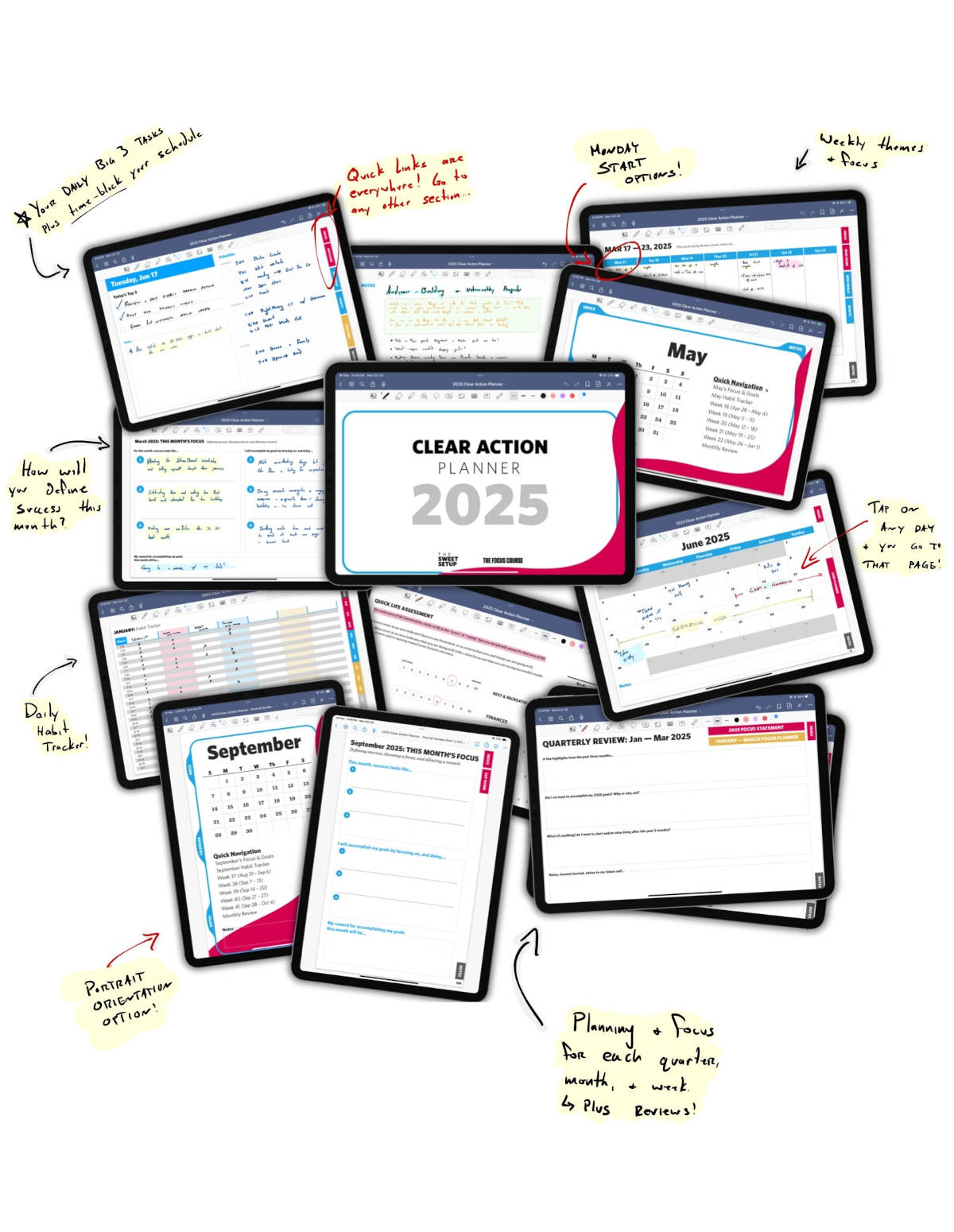

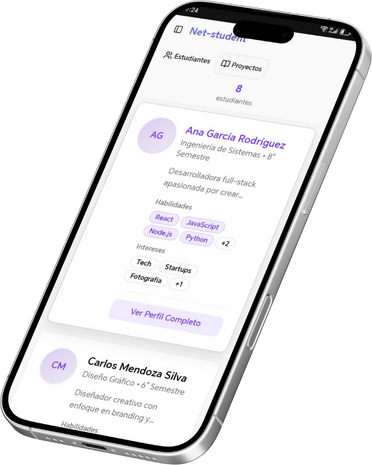


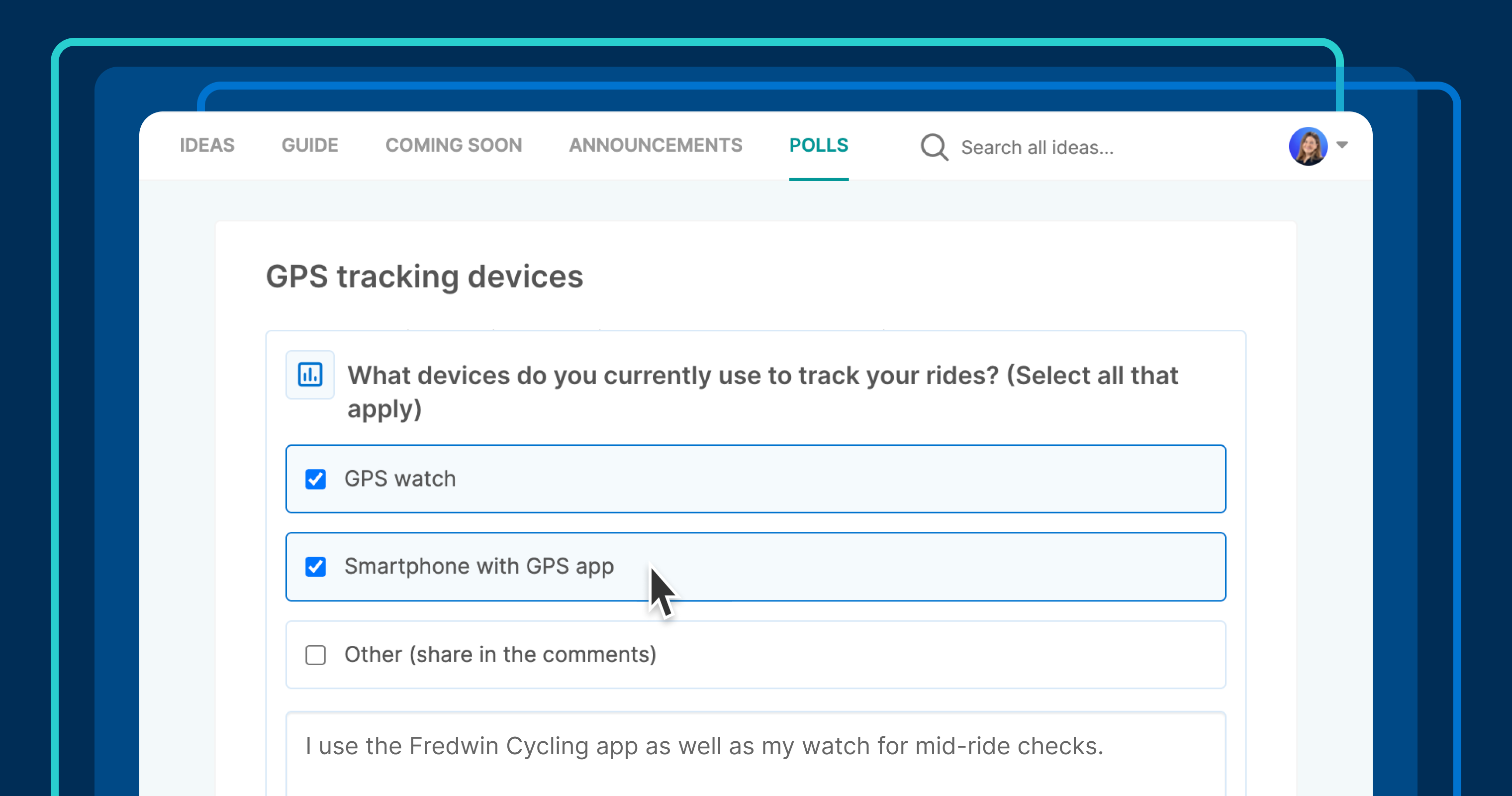







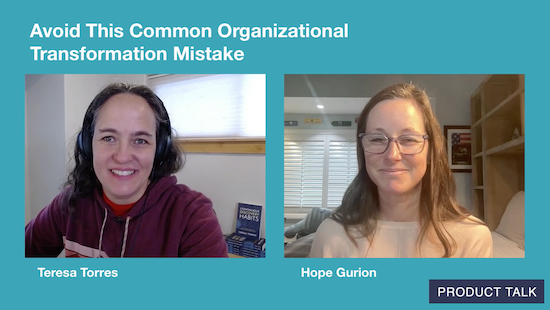

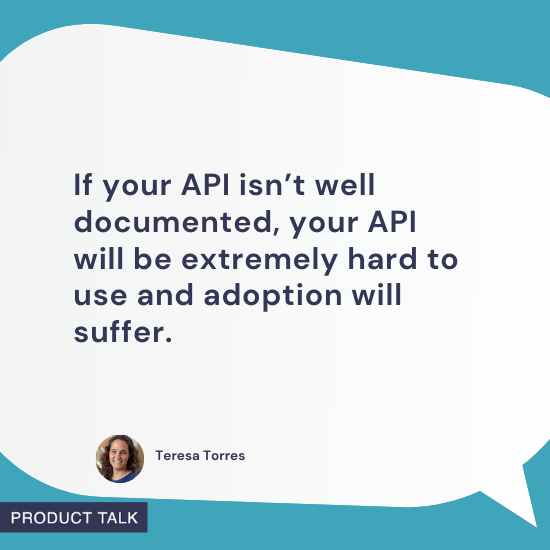










![Building A Digital PR Strategy: 10 Essential Steps for Beginners [With Examples]](https://buzzsumo.com/wp-content/uploads/2023/09/Building-A-Digital-PR-Strategy-10-Essential-Steps-for-Beginners-With-Examples-bblog-masthead.jpg)
















































